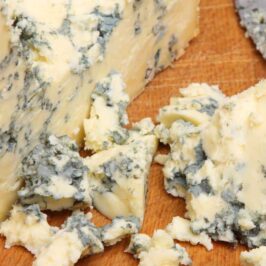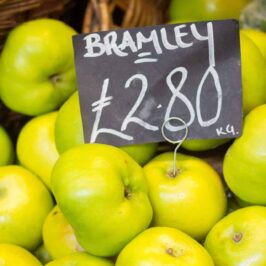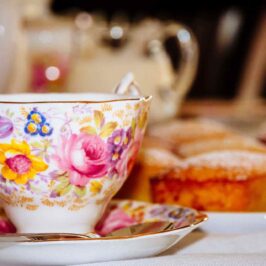A Spicy Tale of an Essex Town
In the heart of Essex, England, lies the charming market town of Saffron Walden. While its medieval architecture and rich history draw visitors today, it’s the town’s unique connection to the world’s most expensive spice that truly sets it apart. Let’s get into the fascinating story of how saffron, the golden threads from the crocus flower, shaped this town’s identity and economy.
The Golden Beginnings: Saffron’s Arrival in Essex
In the 14th century, saffron cultivation found its way to the fields surrounding Walden. The town’s well-drained, chalky soil and favourable climate proved ideal for growing the delicate Crocus sativus, the flower from which saffron is harvested.
A Town Renamed: From Chipping Walden to Saffron Walden
As saffron production flourished, it became so integral to the town’s identity that in the 16th century, Chipping Walden was renamed Saffron Walden. This name change reflected the spice’s significance to the local economy and culture.
The Labor of Luxury: Cultivating “Red Gold”
Saffron cultivation was labor-intensive. Each flower produces only three stigmas, which must be hand-picked and carefully dried. It takes about 150 flowers to produce just one gram of saffron, explaining its high value and nickname “red gold.”
Economic Boom: Saffron’s Golden Age
For several centuries, saffron production brought great prosperity to Walden. The spice was used not only in cooking but also in medicines, perfumes, and dyes. Saffron from Walden was highly prized throughout England and beyond.
Beyond Spice: Saffron’s Cultural Impact
Saffron’s influence extended beyond economics. It became a symbol of the town’s identity, featuring in local heraldry and traditions. The town’s crest, featuring saffron crocuses, still proudly displays this heritage today.
The Decline: Changing Times and Tastes
By the 18th century, saffron cultivation in Walden began to decline. Cheaper imports and changing tastes led to a decrease in demand. The last recorded saffron harvest in the area was in 1785, marking the end of an era.
Modern Echoes: Saffron’s Legacy in Today’s Walden
While commercial saffron production has long ceased, its legacy lives on. From street names to local businesses, references to saffron are woven throughout the town’s fabric. The Saffron Walden Museum houses exhibits detailing this unique history.
A Spicy Revival: Modern Attempts to Rekindle the Tradition
In recent years, there have been small-scale attempts to revive saffron cultivation in the area. While not commercially significant, these efforts serve as a living link to the town’s colorful past.
A Town Forever Touched by Gold
Today, Saffron Walden stands as a testament to how a single crop can shape a community’s destiny. While the purple flowers no longer blanket its fields, the town’s connection to saffron remains an integral part of its charm and history. Visitors to Saffron Walden can still feel the echoes of its spicy past, a reminder of the golden threads that once wove this town’s unique story.
there are several leading UK producers of saffron today:







